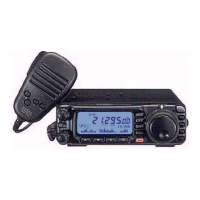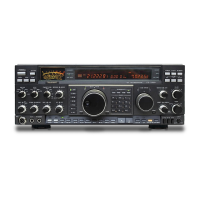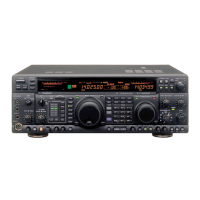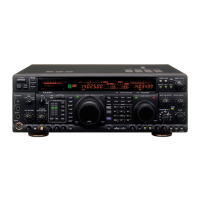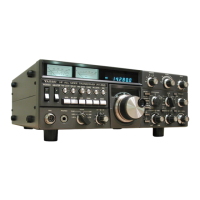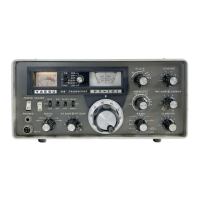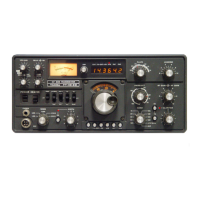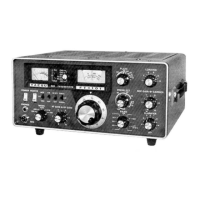Installation
GROUNDING
The provision
of
an effective ground system
is
important in any successful communica-
tions station. A
good
ground system can contribute to station efficiency in a number
of
ways:
D
It
can minimize the possibility
of
electrical shock to the operator.
D
It
can minimize RF currents flowing on the shield
of
the coaxial cable
and
the
chassis
of
the transceiver which may cause interference to nearby home entertain-
ment devices
or
laboratory test equipment.
D
It
can minimize the possibility
of
erratic transceiver operation caused by RF feed-
back or improper current flow through logic devices.
An effective earth ground system may take several forms; for a more complete discussion,
see an appropriate RF engineering text. The information presented below
is
intended only
as a guideline.
Inspect the ground system - inside the station as well as outside - on a regular basis so as
to ensure maximum performance and safety.
Mobile Station Grounding
Although satisfactory grounding
in
most installations will be achieved via the
DC
cable's
negative lead and the antenna system's coaxial cable shield,
it
is
often recommended that
you provide a direct ground connection to the vehicle chassis
at the mounting location
of
the transceiver (installation using the MMB-48 Mobile Bracket will accomplish this,
if
the
MMB-48 itself
is
mounted to the vehicle's chassis). Due to unexpected resonances which
may naturally occur
in
any location, improper communication system performance may
result from insufficient grounding. These symptoms may include:
D RF feedback (resulting
in
distortion on your transmitted signal);
D Unintended frequency change;
D Blinking or blanking
of
the frequency display;
D Noise pickUp; and/or
D Loss
of
memory.
Note that these conditions may occur
in
any communications installation. The FT-JOO
includes extensive filtering designed to minimize the chance
of
such problems; however,
random currents set up by insufficient
RF
grounding can nullity such filtering. Bonding the
rear panel Ground lug
of
the FT-J 00 transceiver to the vehicle or vessel's ground system
should clear up any such difficulties.
Yaesu does not recommend the use
of
"on glass" mobile antennas unless the shield
of
the
coaxial cable
is
securely grounded near the feedpoint
of
the antenna. Such antennas fre-
quently are responsible for the ground-related difficulties described above.
10
FT-100
MICRO
MOBILE
OPERATING
MANUAL

